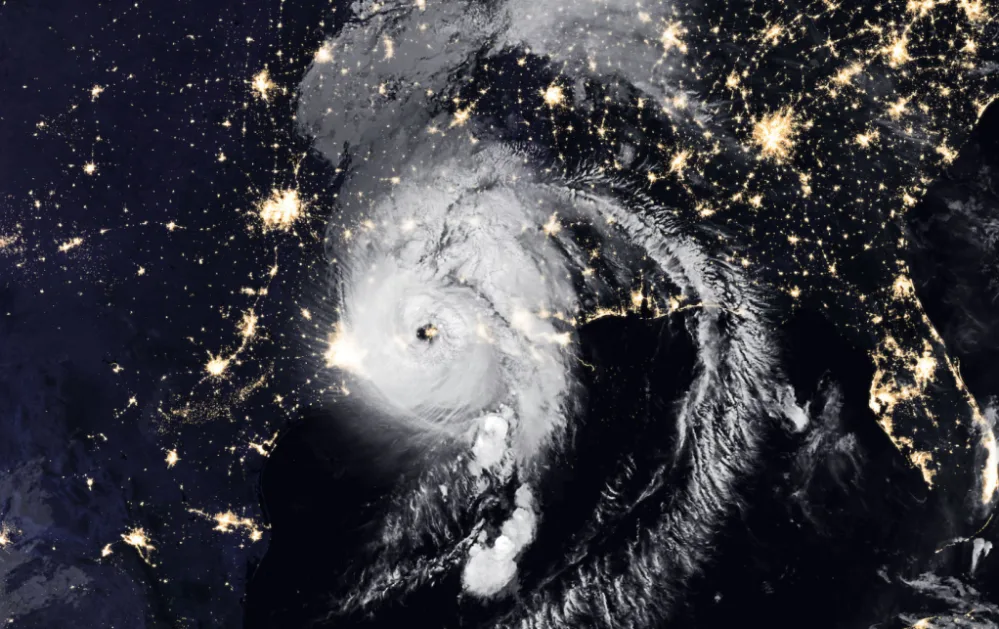
7 surprising facts about hurricanes
Hurricanes are dangerous and destructive storms. Here are seven facts about them you may not have known.
We're in the midst of what has been a very active Atlantic hurricane season. As of September 24, there have been eight hurricanes, two of them being major storms. Current damages are estimated at more than $22 billion USD, and there are still weeks to go before storm activity dies down.
Hurricanes are dangerous and destructive storms that form over warm ocean waters.
When the moist, warm air that's over the water rises, it's replaced by cooler air when then starts to warm and rise -- generating a cycle that can lead to the formation of storm clouds. The system could start to spin and become an organized system. If that occurs, the storm clouds and wind speeds will grow stronger, which could lead to the formation of a hurricane.
Here are some more facts about hurricanes, courtesy of our meteorologists.
HURRICANE FORMATION
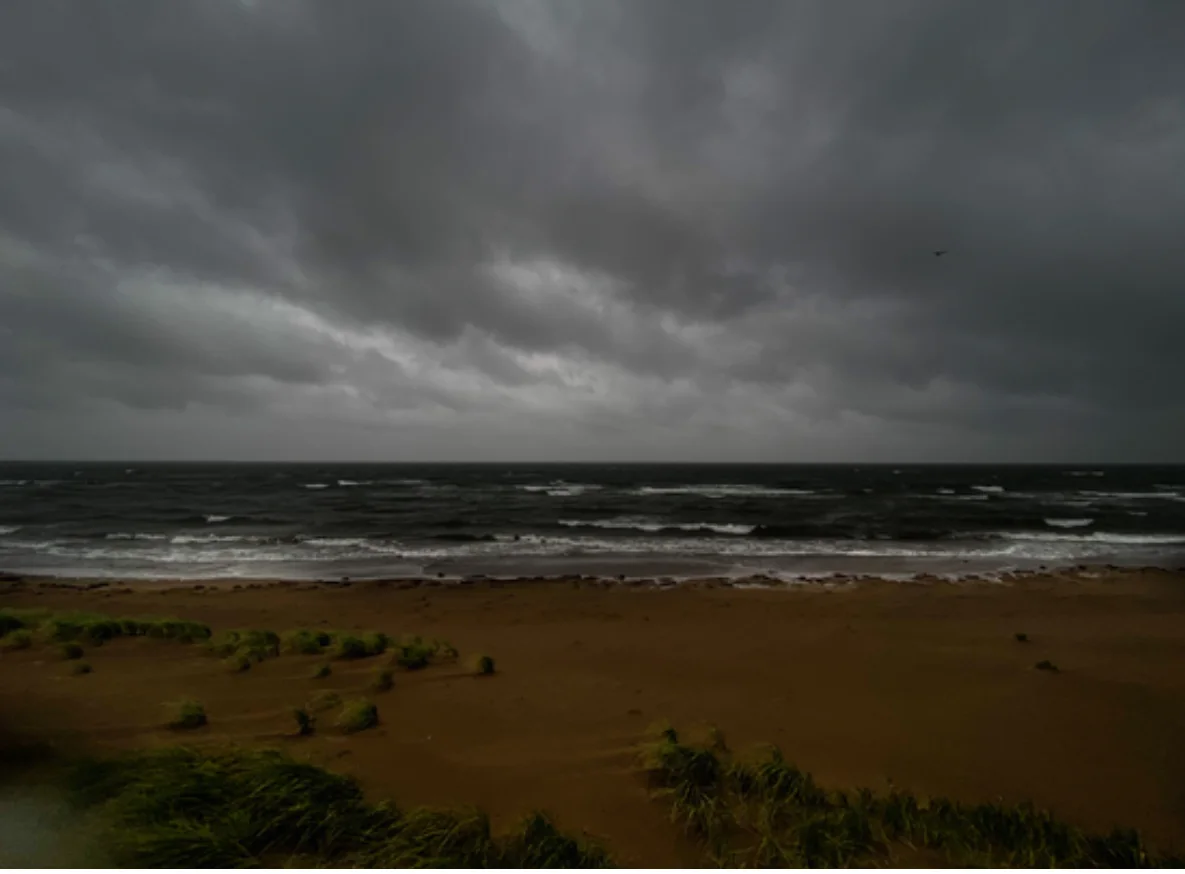
Rainy skies in Cap-Pelé, New Brunswick courtesy of Hurricane Teddy on September 24, 2020. Uploaded to theweathernetwork.com by Melissa.
"Hurricanes do not form from the energy of our sun directly but rather the energy and heat of our oceans." -- Jaclyn Whittal
Hurricane Florence seen from space on September 10, 2018. Courtesy: The International Space Station.
"They're really just a big collection of spinning intense thunderstorms that include tornadoes, heavy rain, and very strong winds." -- Jaclyn Whittal
IMPACT ON NATURE AND THE ENVIRONMENT
"Hurricanes not only transport heat from the warmer tropics towards the colder polar regions (a vital part of Earth's climate system), but they also help radiate tropical heat out into space." -- Scott Sutherland
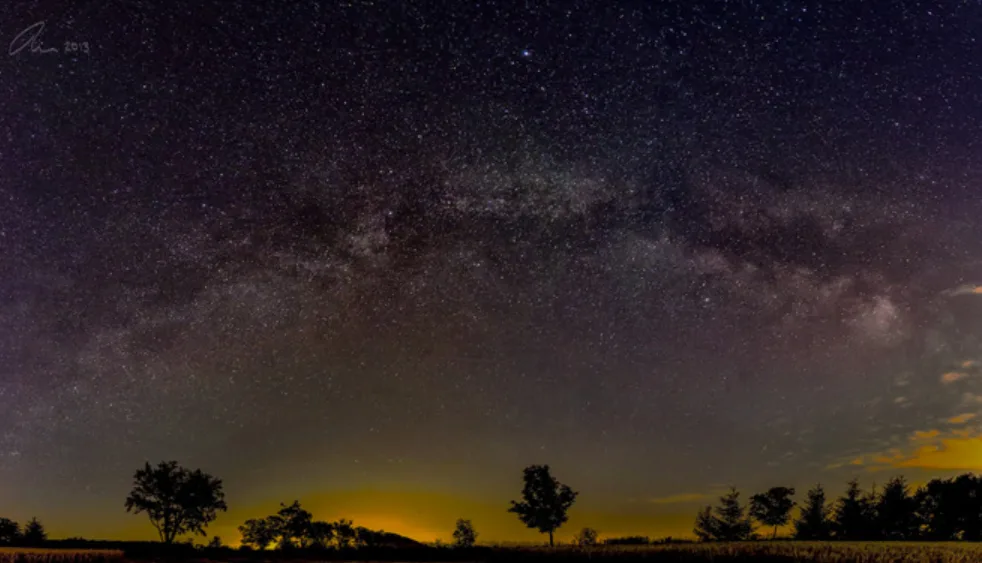
A beautiful file photo of the night sky. Uploaded to The Weather Network by Trev McNaughton, Granton, Ontario, July 11, 2013.
"Despite their huge size and destructiveness, hurricanes are a small part of the planet’s energy transfer and they are just an expression of heat being moved from the equator towards the poles." -- Mark Robinson
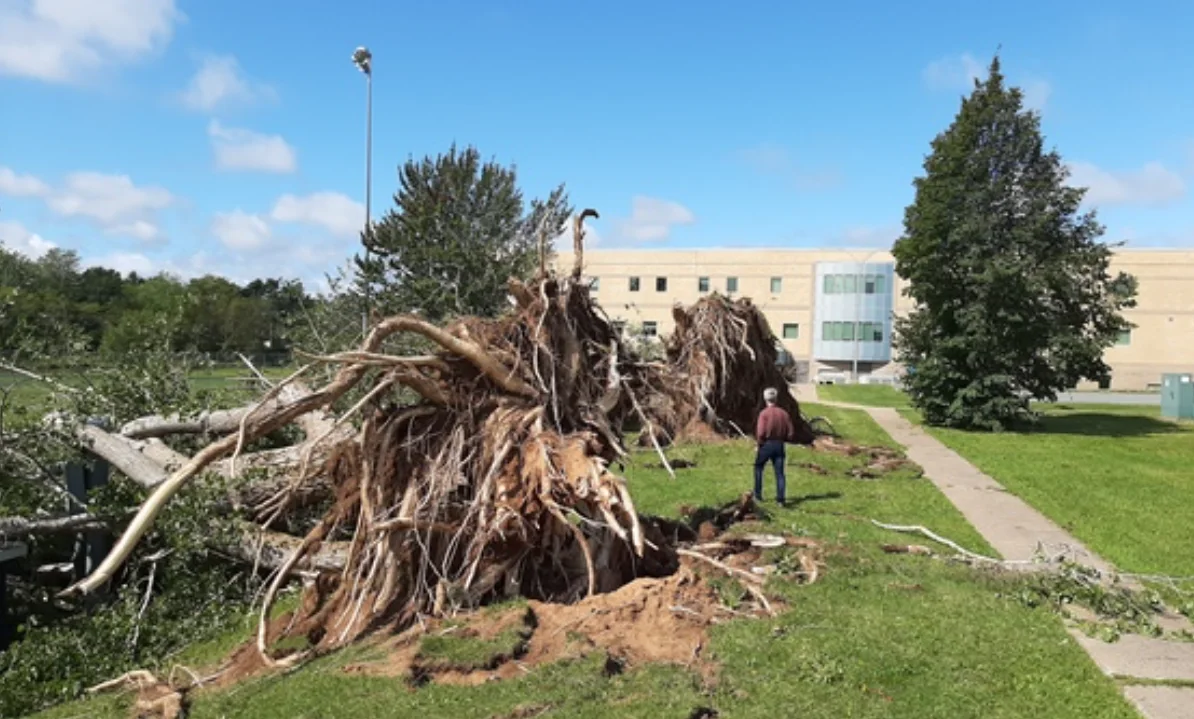
Uprooted trees in Greenwood, Nova Scotia following Hurricane Dorian. Submitted to The Weather Network by Charlene Thorne, September 8, 2019.
"Birds occasionally get trapped by hurricanes and will seek shelter in the eye of the storm, where the winds are astonishingly light. Over Florida in 2016, radar images of Hurricane Matthew showed a huge flock of birds stuck in the eye, which they, unfortunately, had no choice but to be carried northward with the storm, becoming displaced by thousands of kilometres." -- Erin Wenckstern
RECORD-BREAKING STORM
"In 1979, Typhoon Tip was a unique beast, taking the record for not only the lowest pressure ever recorded in a tropical cyclone (870 mb), but also the largest with a diameter of 2200 km (1380 miles), able to cover Ontario twice!" -- Erin Wenckstern
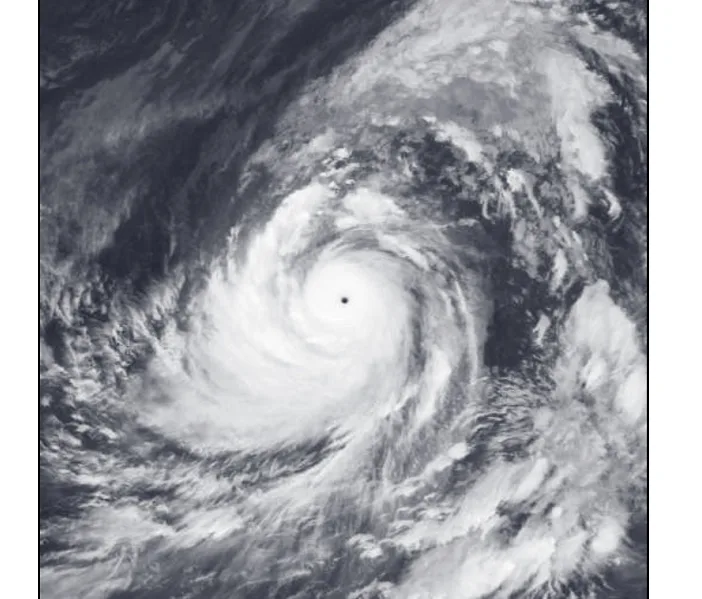
Typhoon Tip at its record peak intensity on October 12, 1979. Courtesy: NOAA.
"The largest hurricane/typhoon ever recorded was Typhoon Tip in the Pacific in 1979. It had a wind diameter of 2200 km and a max wind speed of 305 km/h. At its largest, Tip was nearly half the size of the contiguous United States." -- Mark Robinson
Upload your photos and videos to The Weather Network and you might see them in a feature like this one.






